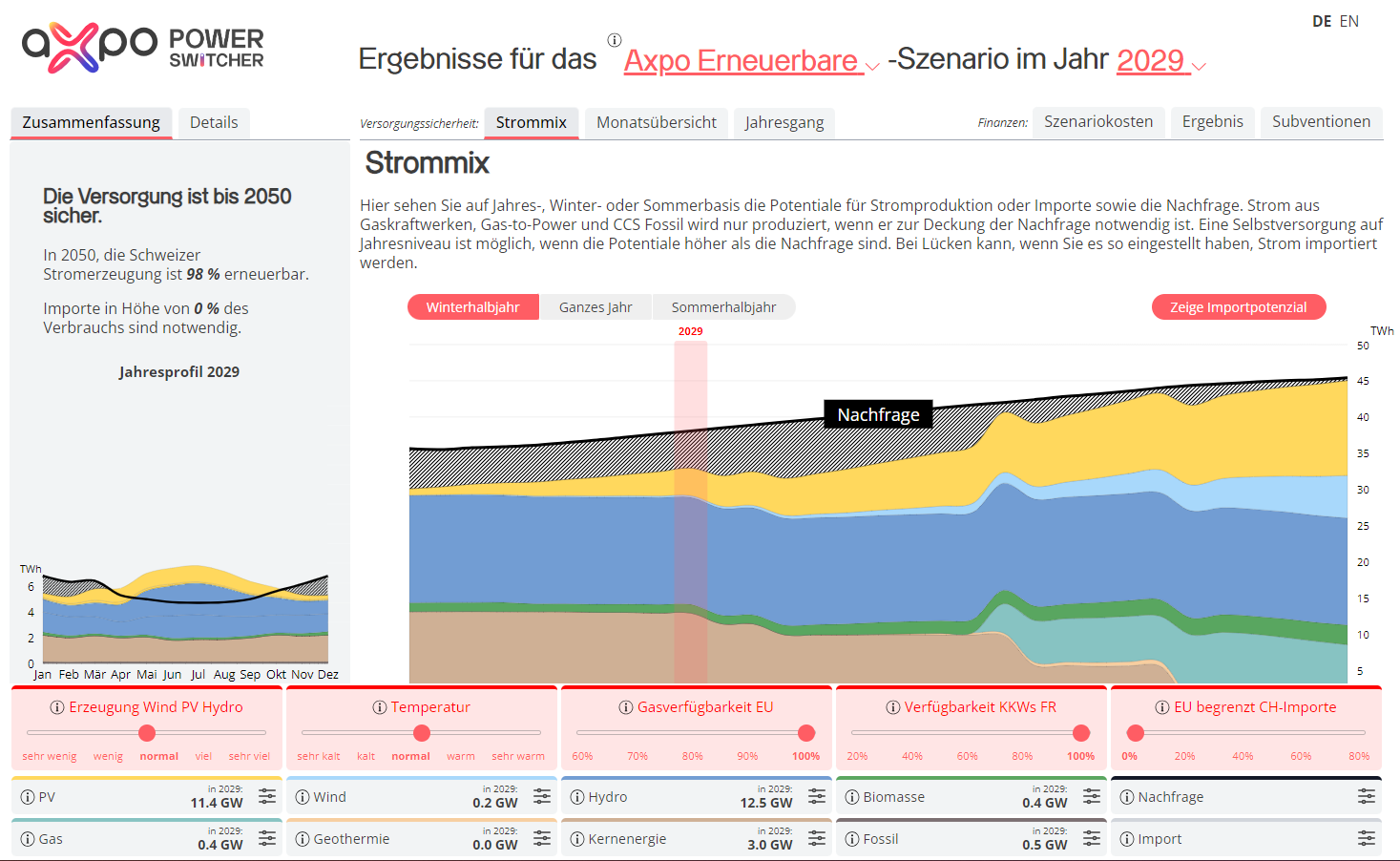15.04.2021 | The EU focuses on a hydrogen economy and the integration of the energy system
EU Hydrogen Strategy
The European Commission wants to make the EU a pioneer in the use of hydrogen as an energy carrier. In 2020, it presented its hydrogen strategy ("A hydrogen strategy for a climate-neutral Europe"), the aim of which is to make the widespread use of hydrogen possible by 2050.
Priority is to be given to green hydrogen, which is to be produced from renewable electricity; however, other production processes, e.g. using natural gas as a raw material or other fuels, should also be promoted on a transitional basis.
With the implementation of the hydrogen strategy, the European Commission promises to achieve various goals:
- The achievement of a carbon-neutral EU by decarbonising sectors that are not accessible to direct electrification;
- A better integration of wind and solar power with hydrogen as a storage medium;
- Overcoming the economic damage caused by the Covid-19 lockdown, in particular by providing substantial subsidies for the hydrogen economy from the EU Recovery Deal;
- The creation of new jobs within the hydrogen economy;
- Combating the causes of migration by creating supply chains with countries outside the EU within the framework of the EU's external energy policy.
The hydrogen strategy is the result of a paradigm due to doubts about the decarbonisation of the European Union solely through direct electrification and renewable electricity. In addition, hydrogen should help to integrate the hitherto poorly decarbonised sectors such as industry, mobility (trucks/navigation/aviation) and the building sector.
European Green Deal…
The EU hydrogen strategy is part of the European Green Deal and provides for three phases:
- By 2024, the production of green hydrogen should increase to one million tons per year;
- By 2030, the production of green hydrogen should increase to ten million tons per year;
- From the period between 2030 and 2050, green hydrogen is to be produced on a systemically relevant scale.
(For comparison: at present, almost 10 million tons of hydrogen per year are produced in the EU from and with fossil fuels).
The EU hydrogen strategy is supported e. g. by the Netherlands, which in connection with the end of the production of natural gas from the Groningen gas field is looking for alternative uses for its existing natural gas infrastructure, and by Germany, which had already presented its national hydrogen strategy in June 2020.
By 2024, the production of green hydrogen should increase to one million tons per year;
…and the energy sector
Also on in July 2020 the European Commission presented its strategy for better integrated energy systems ("Powering a climate-neutral economy: An EU Strategy for Energy Sector Intergation"). In addition to better integration and holistic planning of the electricity and natural gas systems, this strategy also aims to better integrate energy production and consumption and to develop an integrated energy and industrial strategy. Instruments include both the expansion of electrification and the use of hydrogen as a transport and storage medium.
The European Commission is expected to present concrete legislative proposals on the hydrogen economy and sector integration in December 2021. Extensive preparatory work is currently underway; for example, the European Parliament is preparing its position with regard to the upcoming EU legislative procedure within the framework of an "own-initiative report on a European hydrogen strategy", which is to be adopted by the European Parliament at the end of April 2021.
Switzerland is one of the co-signatories of a declaration of the Pentalateral Forum published in June 2020, which calls on the European Commission to submit legislative proposals that will enable the early establishment of a European green hydrogen economy. The signatories also committed themselves to close cooperation in this regard. The co-signatories are Austria, Belgium, France, Germany, Luxembourg, the Netherlands and Austria.
Axpo and hydrogen
The continuous expansion of renewable energies, which Axpo has been pushing internationally for years as a project developer for solar plants and wind farms, must go hand in hand with the expansion of the infrastructure for energy storage and additional solutions to further reduce CO2 emissions. In particular, hydrogen as an energy carrier will play a significant role in the renewable energy world in the future. Since the beginning of 2021, Axpo has been systematically expanding this business area with the Hydrogen team under the leadership of Guy Bühler, Head Hydrogen at Axpo.
For Axpo, the newly established hydrogen industry offers new business opportunities. On the one hand, large industrial consumers will face new requirements with regard to energy efficiency and the reduction of their greenhouse gas emissions; extensive subsidies at EU and national level can be expected to compensate for the resulting conversion costs. This will result in a need for advice from existing customers or the opportunity to expand the relationship with existing customers.
Since April, Axpo has also been a member of the European hydrogen association Hydrogen Europe and at the same time was accepted into the European Clean Hydrogen Alliance: This is a platform of the European Commission that is intended to enable European hydrogen projects by bringing together project partners.
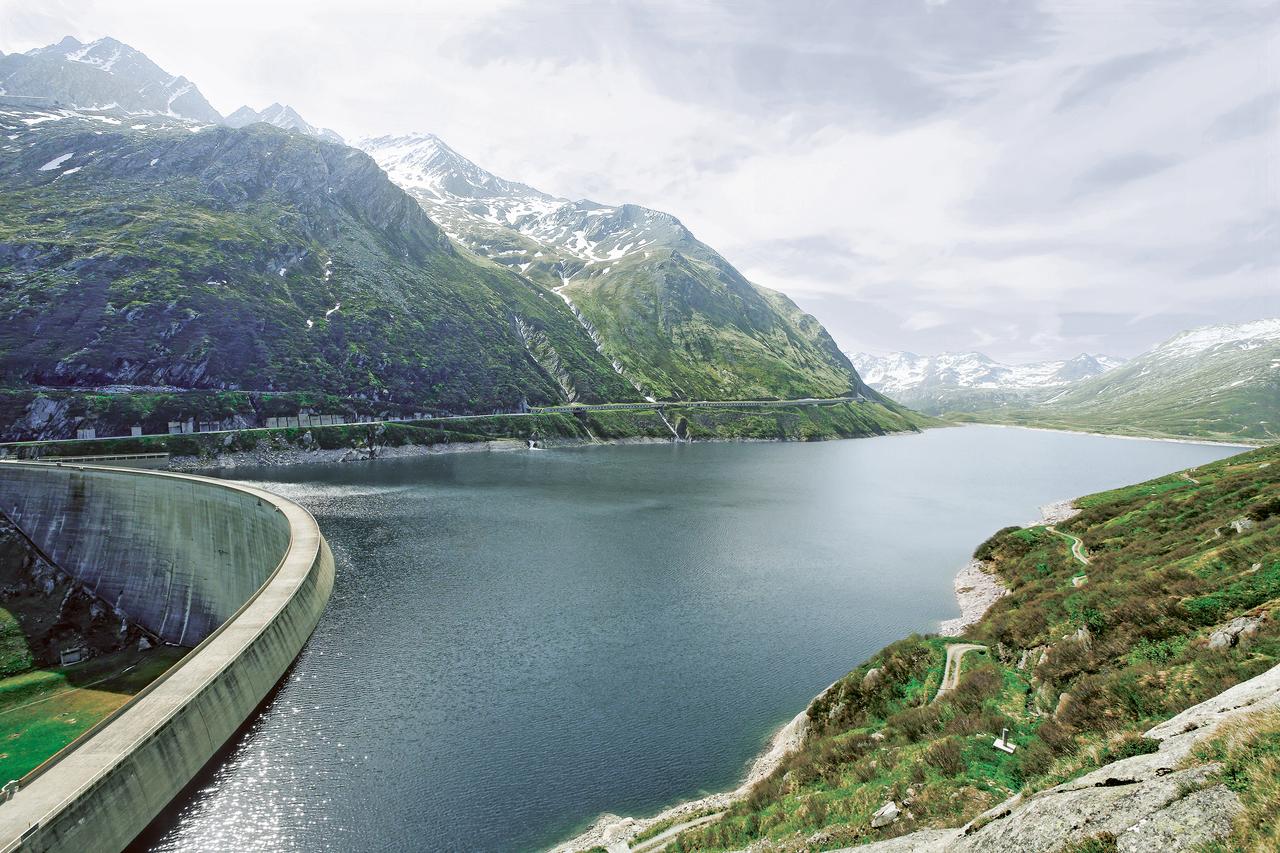
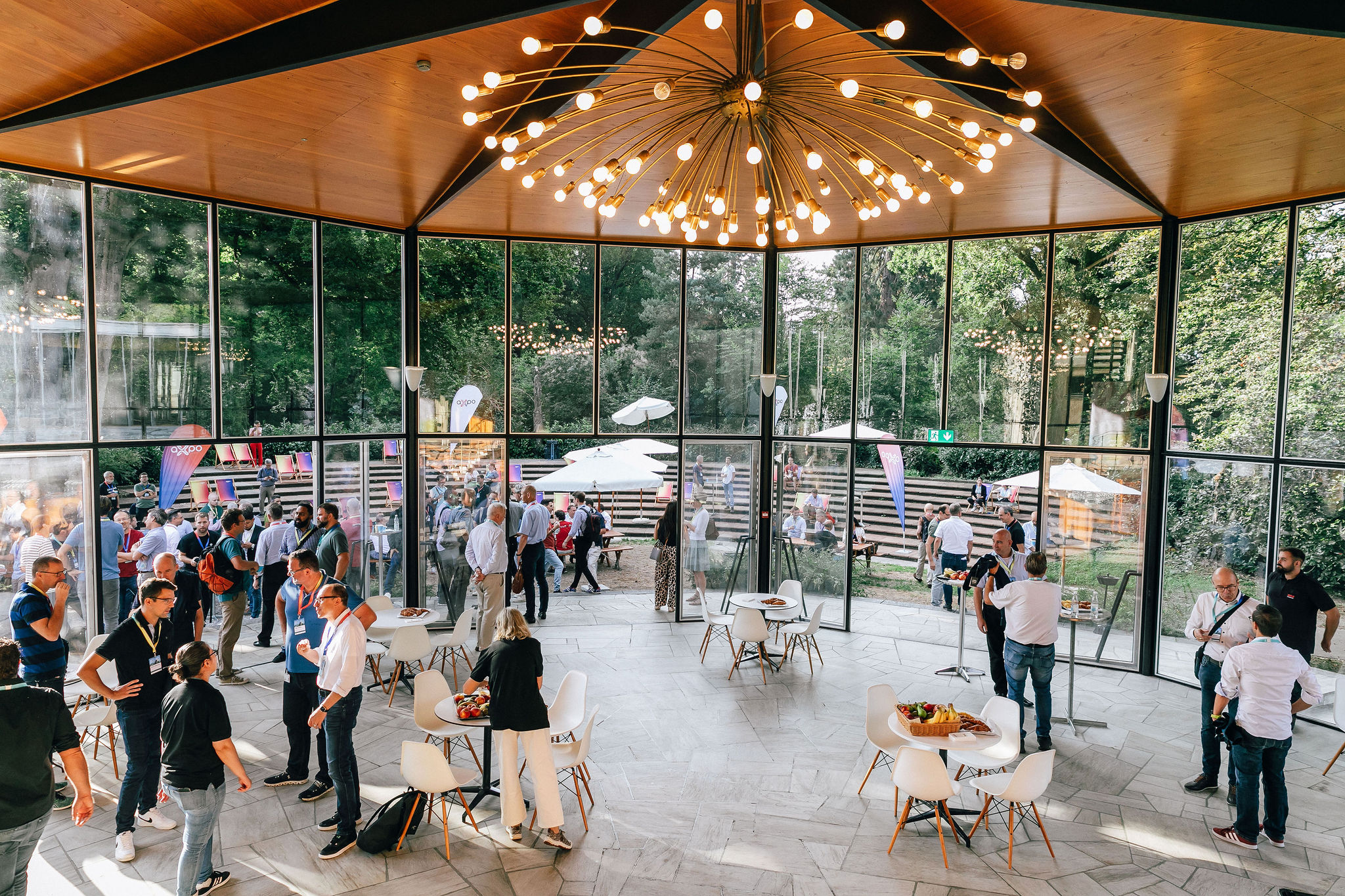
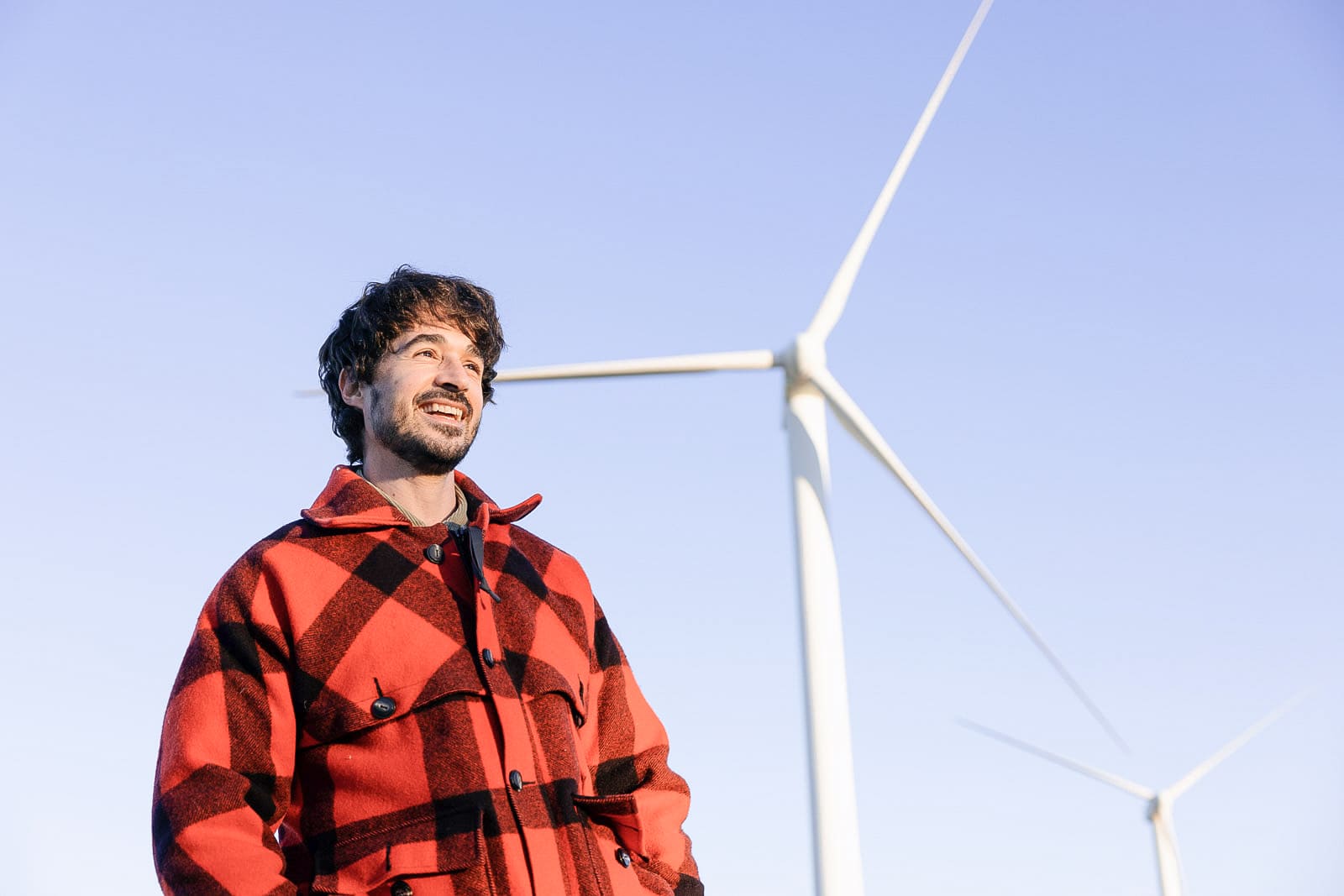
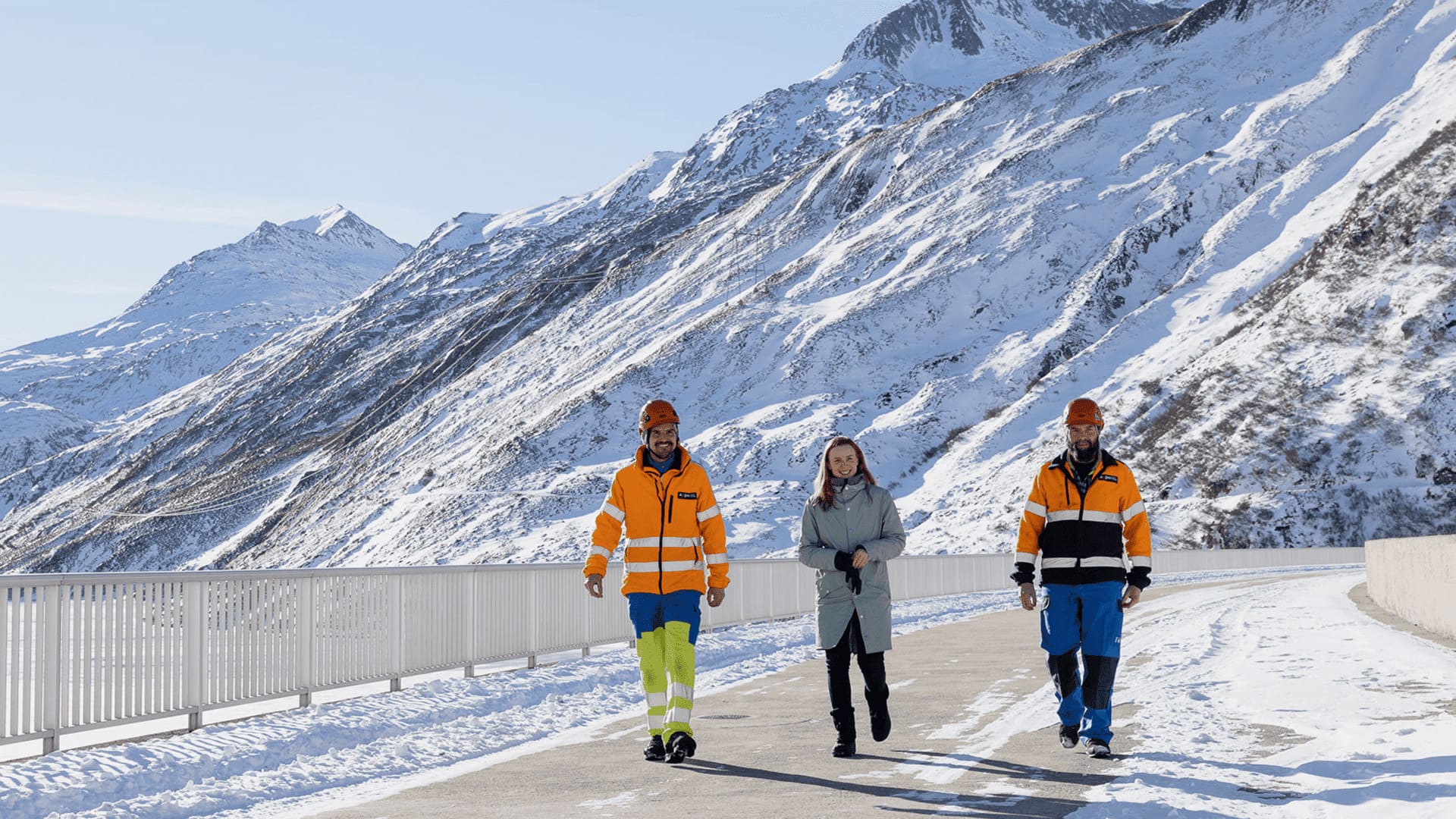
.jpg)

